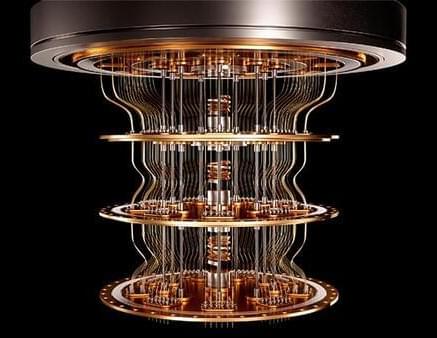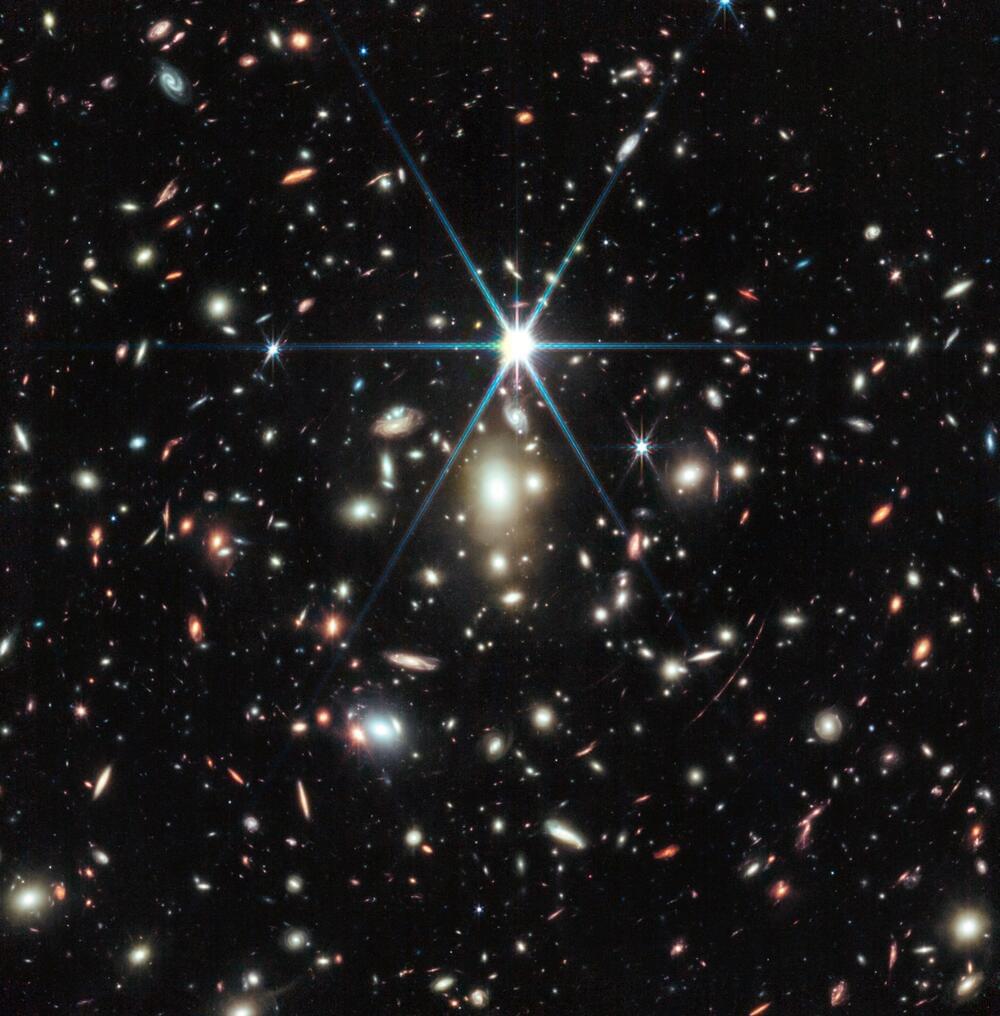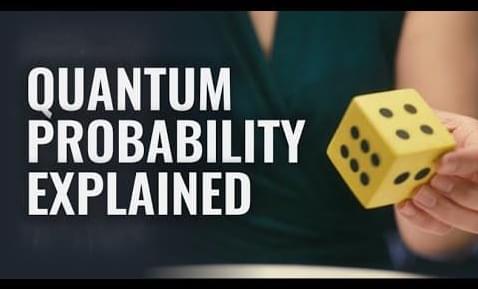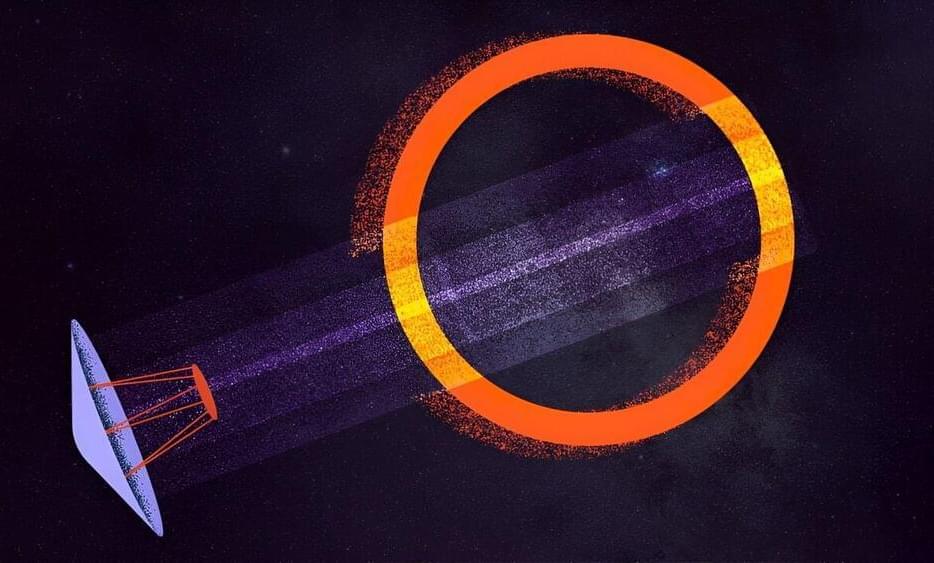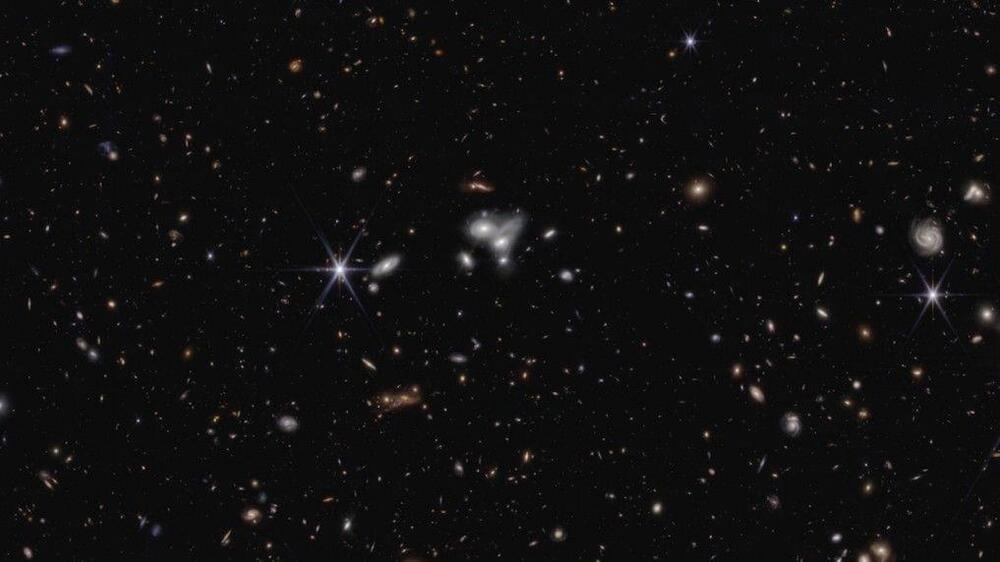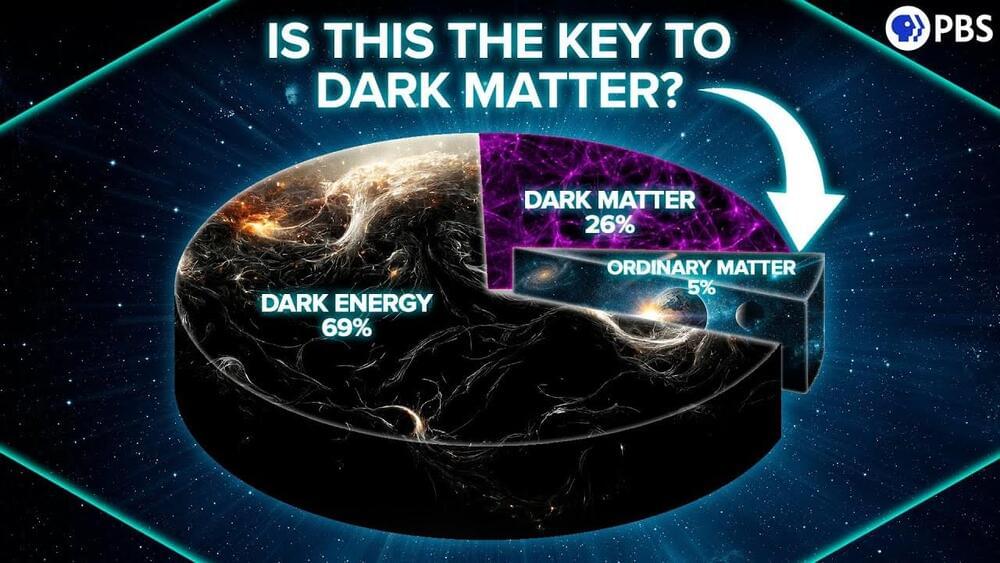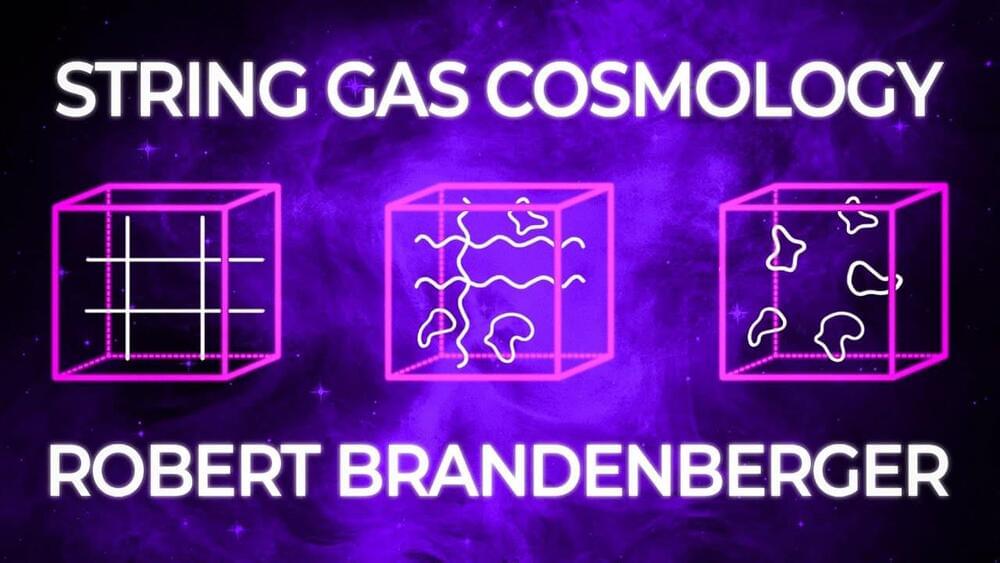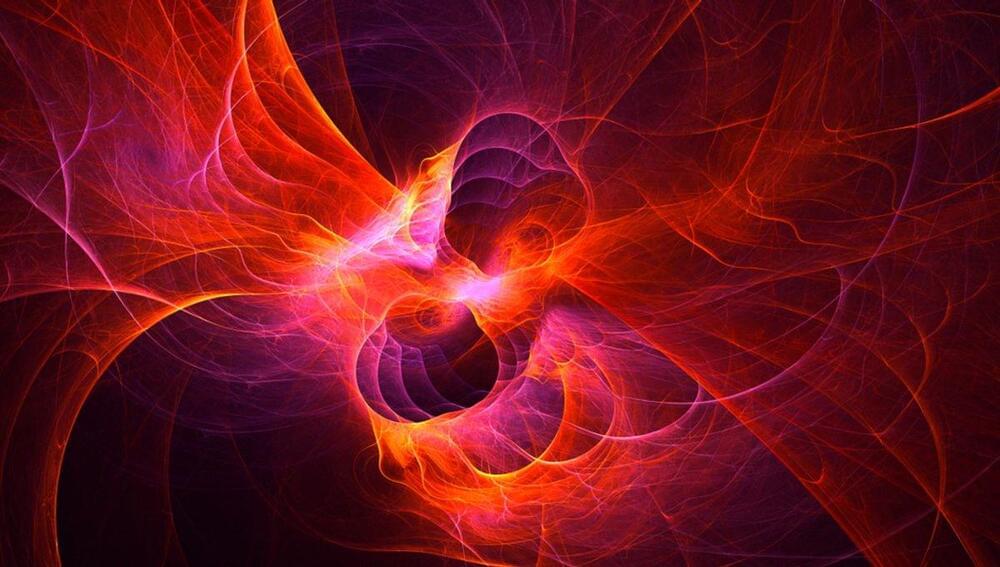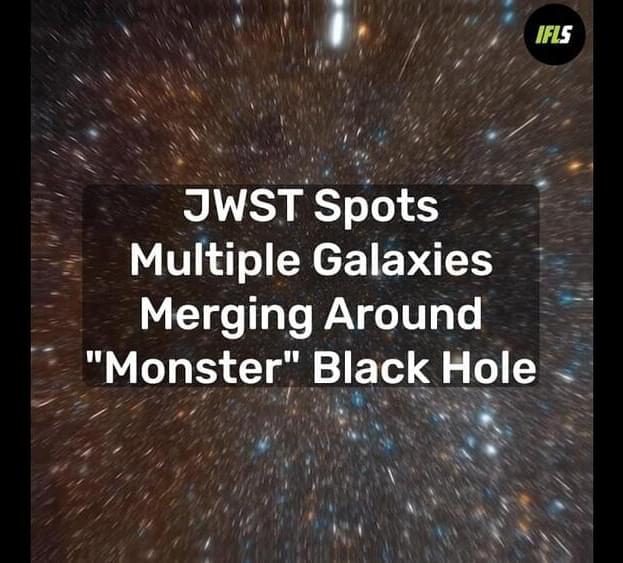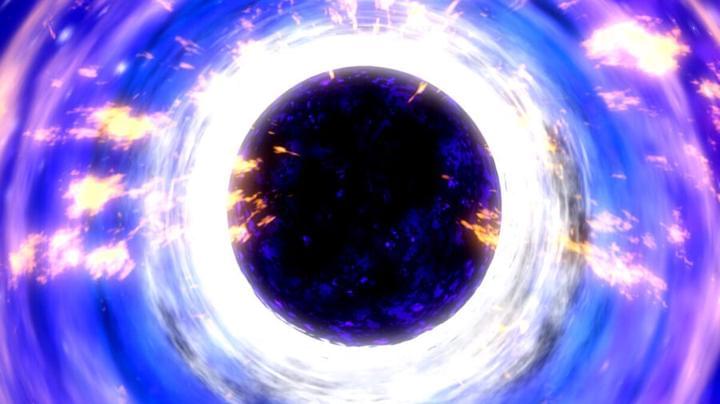Aug 10, 2023
What Is The Basic Relationship Between Quantum Physics & Quantum Computers?
Posted by Dan Breeden in categories: cosmology, mathematics, particle physics, quantum physics, supercomputing
There is increasing talk of quantum computers and how they will allow us to solve problems that traditional computers cannot solve. It’s important to note that quantum computers will not replace traditional computers: they are only intended to solve problems other than those that can be solved with classical mainframe computers and supercomputers. And any problem that is impossible to solve with classical computers will also be impossible with quantum computers. And traditional computers will always be more adept than quantum computers at memory-intensive tasks such as sending and receiving e-mail messages, managing documents and spreadsheets, desktop publishing, and so on.
There is nothing “magic” about quantum computers. Still, the mathematics and physics that govern their operation are more complex and reside in quantum physics.
The idea of quantum physics is still surrounded by an aura of great intellectual distance from the vast majority of us. It is a subject associated with the great minds of the 20th century such as Karl Heisenberg, Niels Bohr, Max Planck, Wolfgang Pauli, and Erwin Schrodinger, whose famous hypothetical cat experiment was popularized in an episode of the hit TV show ‘The Big Bang Theory’. As for Schrodinger, his observations of the uncertainty principle, serve as a reminder of the enigmatic nature of quantum mechanics. The uncertainty principle holds that the observer determines the characteristics of an examined particle (charge, spin, position) only at the moment of detection. Schrödinger explained this using the theoretical experiment, known as the paradox of Schrödinger’s cat. The experiment’s worth mentioning, as it describes one of the most important aspects of quantum computing.
